Available statistics on sharks: the Great Barrier Reef Marine Park Authority can’t tell me whether numbers are increasing or decreasing.
We used to hunt whales, but now we revere them, and numbers are on the increase.
We don’t eat turtle anymore, though we used to, and numbers are on the increase. But what about sharks?
Sharks. Well, we still hunt them and eat them. It is just not discussed that much. We are conflicted. Perhaps.
At my local beach, the same beach from which I can watch whales breach, Lammermoor Beach, has 7 drumlines; these are unmanned aquatic traps used to lure and capture large sharks using baited hooks.
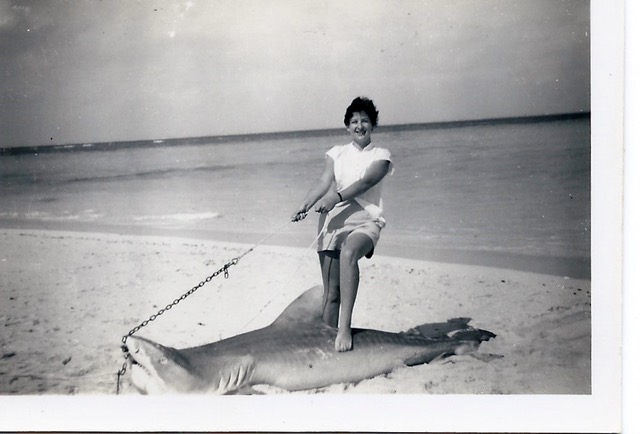
Drumlines are supposedly deployed near popular swimming beaches with the intention of reducing the number of sharks in the vicinity and therefore the probability of shark attack. But Lammermoor beach is not a popular swimming beach and this has more to do with the crocodiles than sharks. We go across the bay to swim, at Great Keppel Island where the water is clearer and the chance of a crocodile encounter much less.
Yet in the time I have owned a house just up the hill from Lammermoor beach, which is more than a dozen years now, the number of drumlines has increased from five to seven. There is ever more government money for drumlines, to catch and kill sharks. And this stretch of beach is within the Great Barrier Reef Marine Park.
I understand about 600 sharks are caught and killed each year, including in Great Barrier Reef Marine Park Authority waters, as part of the Queensland Department of Primary Industries’ shark control program. Meanwhile the authority responsible for the Great Barrier Reef, GBRMPA, has no idea whether shark numbers are increasing or decreasing – even if the average size of sharks is increasing or decreasing at the Great Barrier Reef.
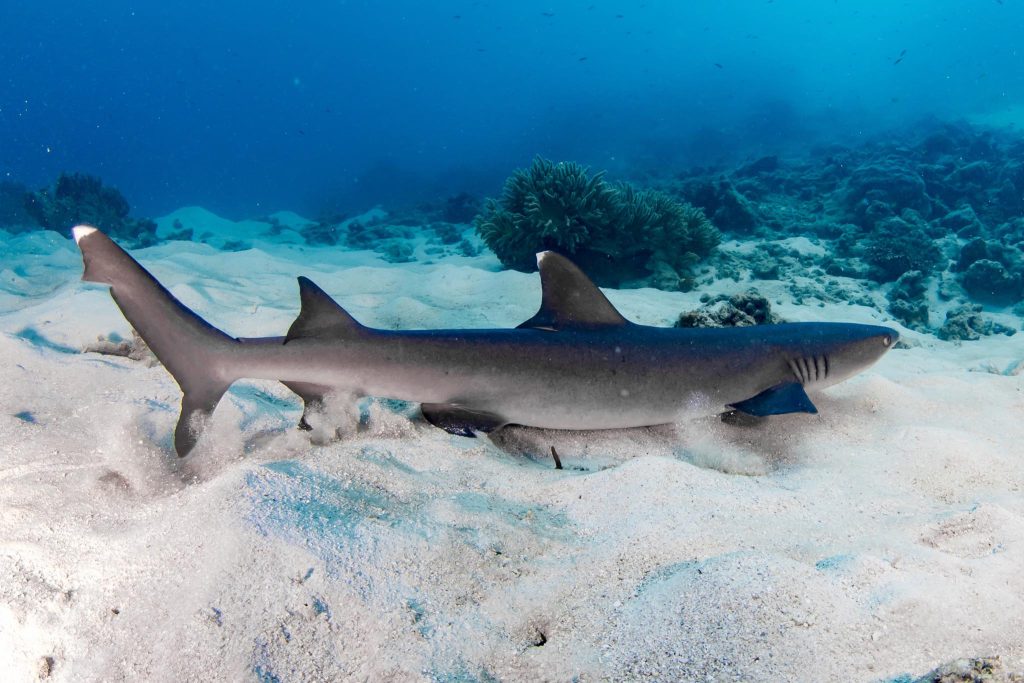
Some fisherman will tell you sharks numbers are on the increase, and that they are getting bigger. Some scuba divers will tell you that shark numbers are in decline, and they are getting smaller.
How is that we don’t have any of these most basic of statistics on one of the most important megafaunas at the Great Barrier Reef?
And of course, we still eat shark.
Who will shoot, with their camera, the largest shark on the inaugural Great Barrier Reef Megafauna Expedition?
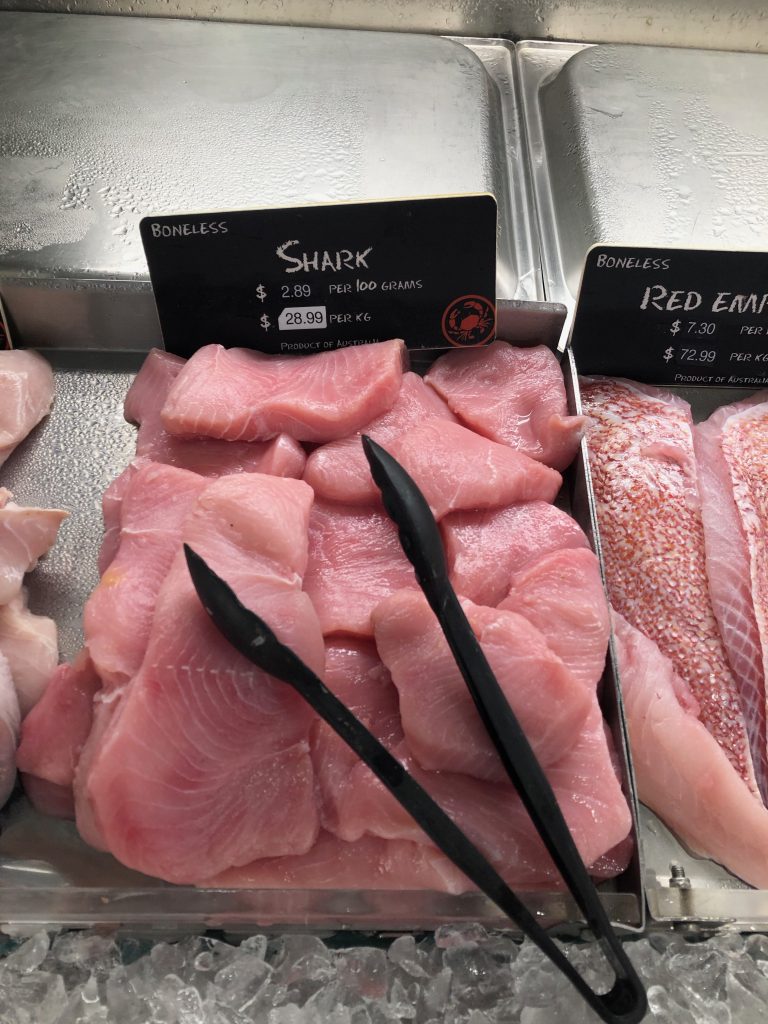 The pictures are top to bottom: the GBRMPA promoting shark week at Facebook, my mother with a tiger shark at Heron Island in 1951 when it was fashionable to kill sharks, a white tipped reef shark at Saxon Reef resting at 18 metres, and shark meat for sale at the fish mongers at Noosa Heads just recently.
The pictures are top to bottom: the GBRMPA promoting shark week at Facebook, my mother with a tiger shark at Heron Island in 1951 when it was fashionable to kill sharks, a white tipped reef shark at Saxon Reef resting at 18 metres, and shark meat for sale at the fish mongers at Noosa Heads just recently.
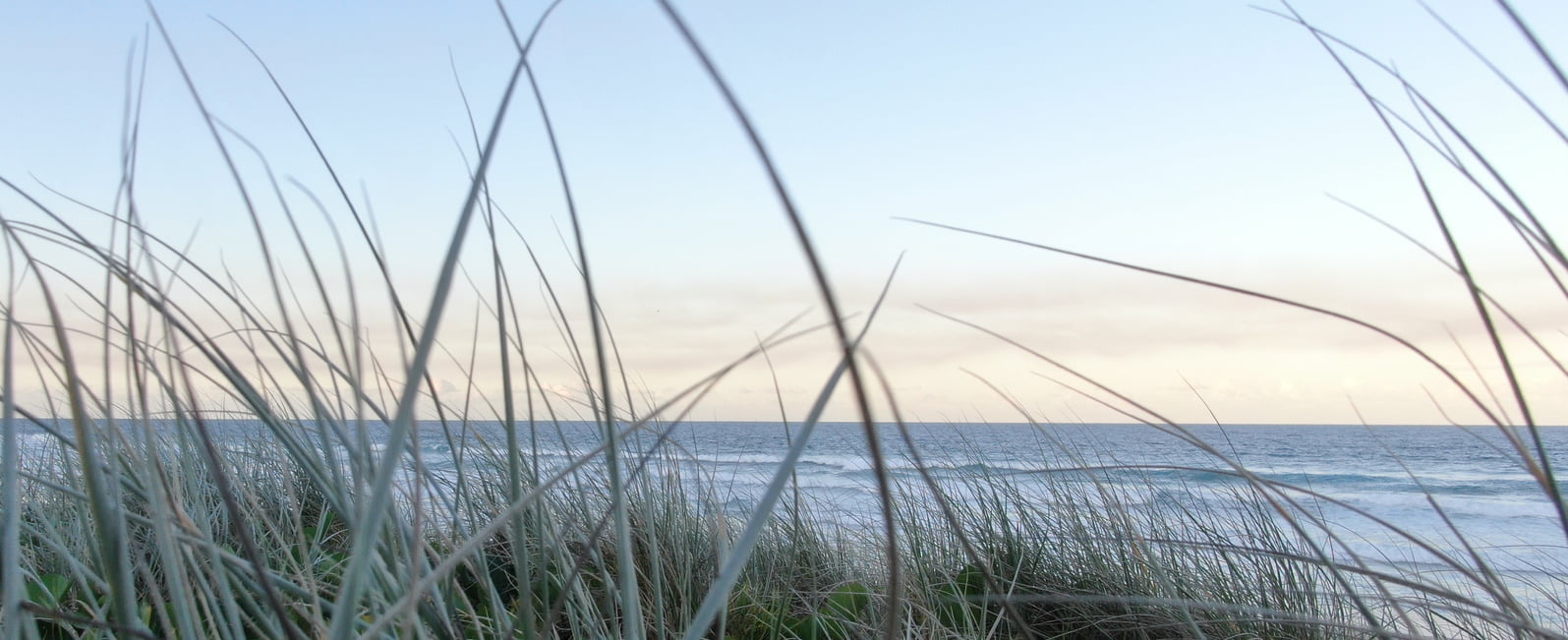
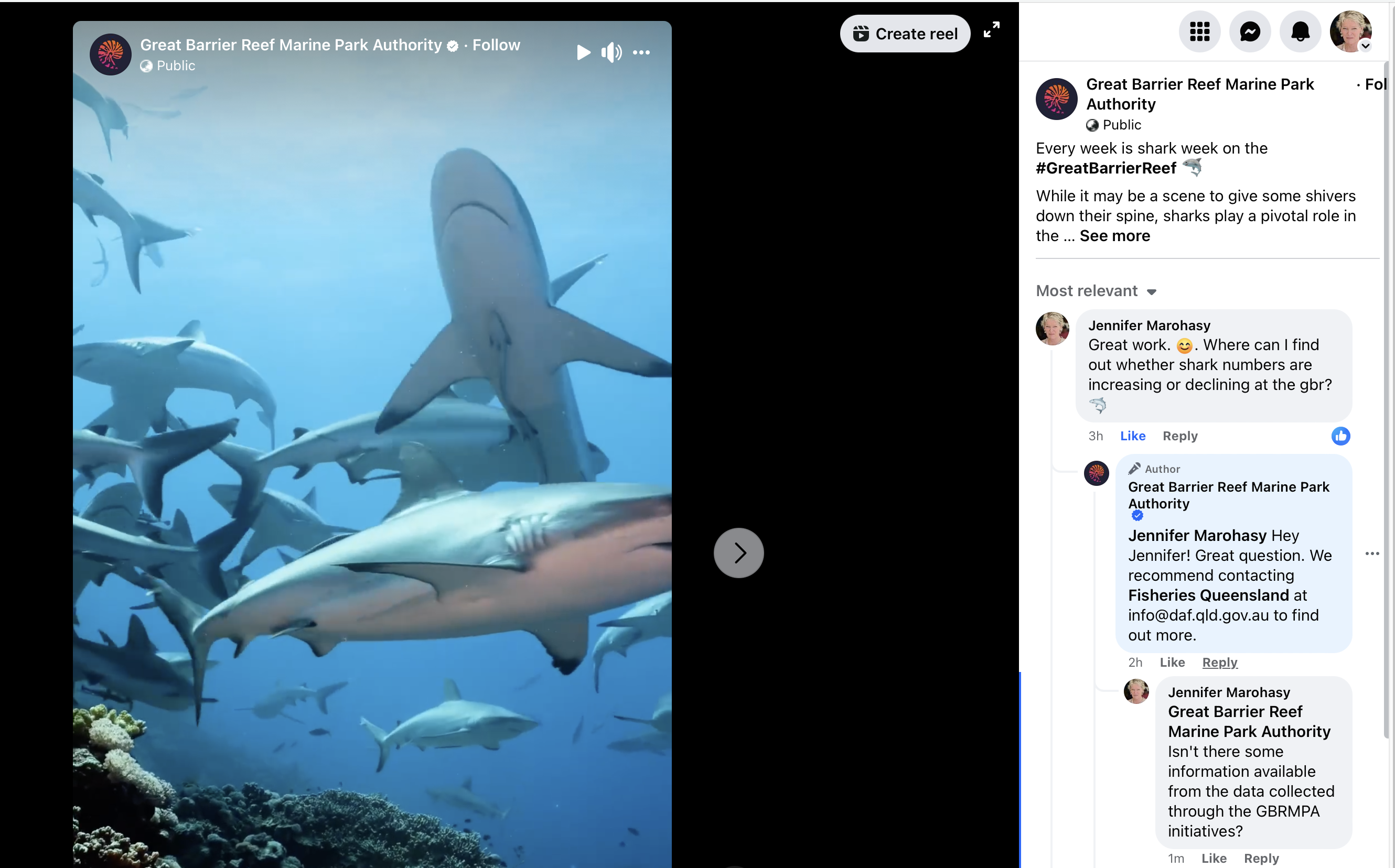
 Jennifer Marohasy BSc PhD is a critical thinker with expertise in the scientific method.
Jennifer Marohasy BSc PhD is a critical thinker with expertise in the scientific method.
